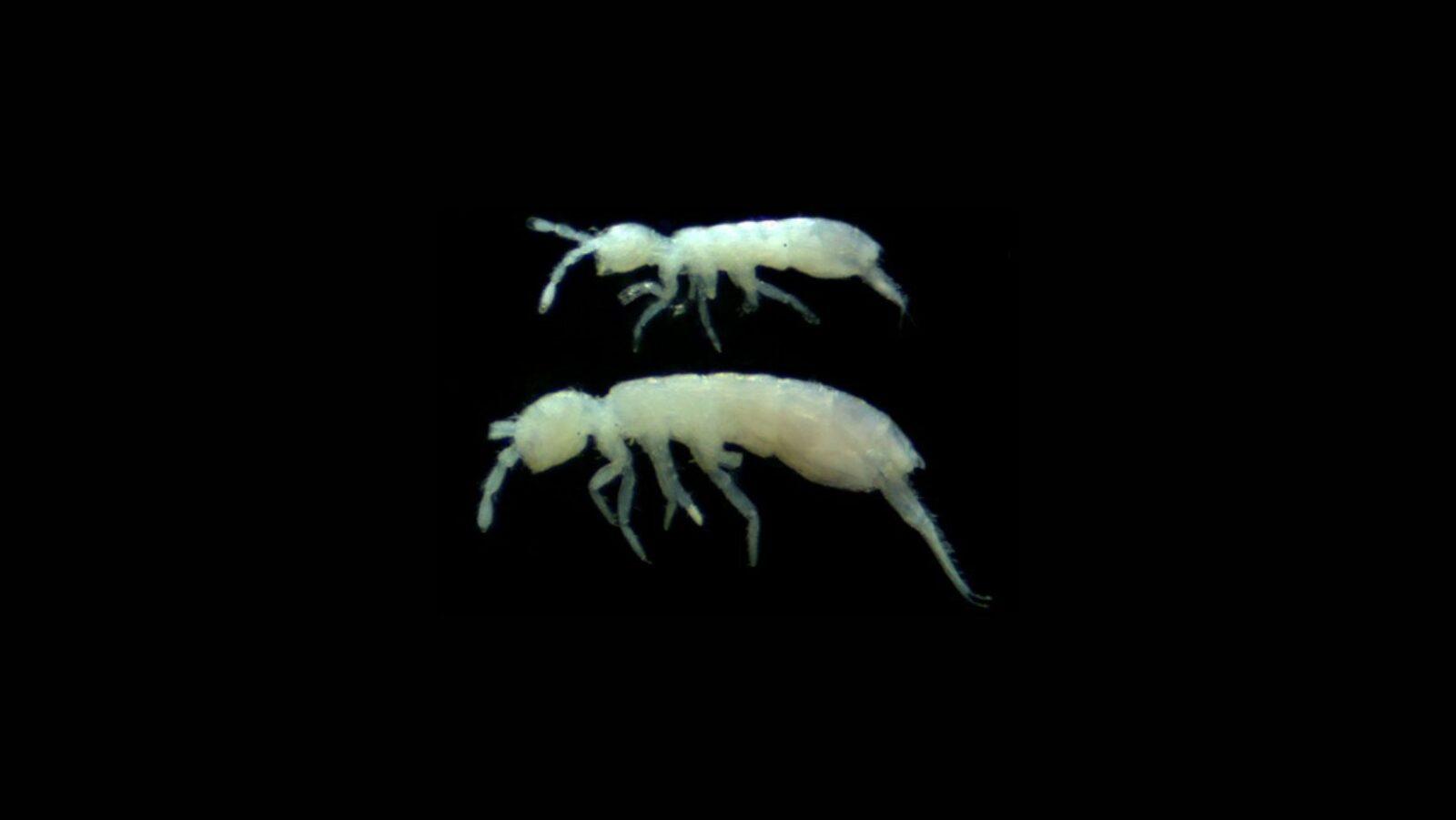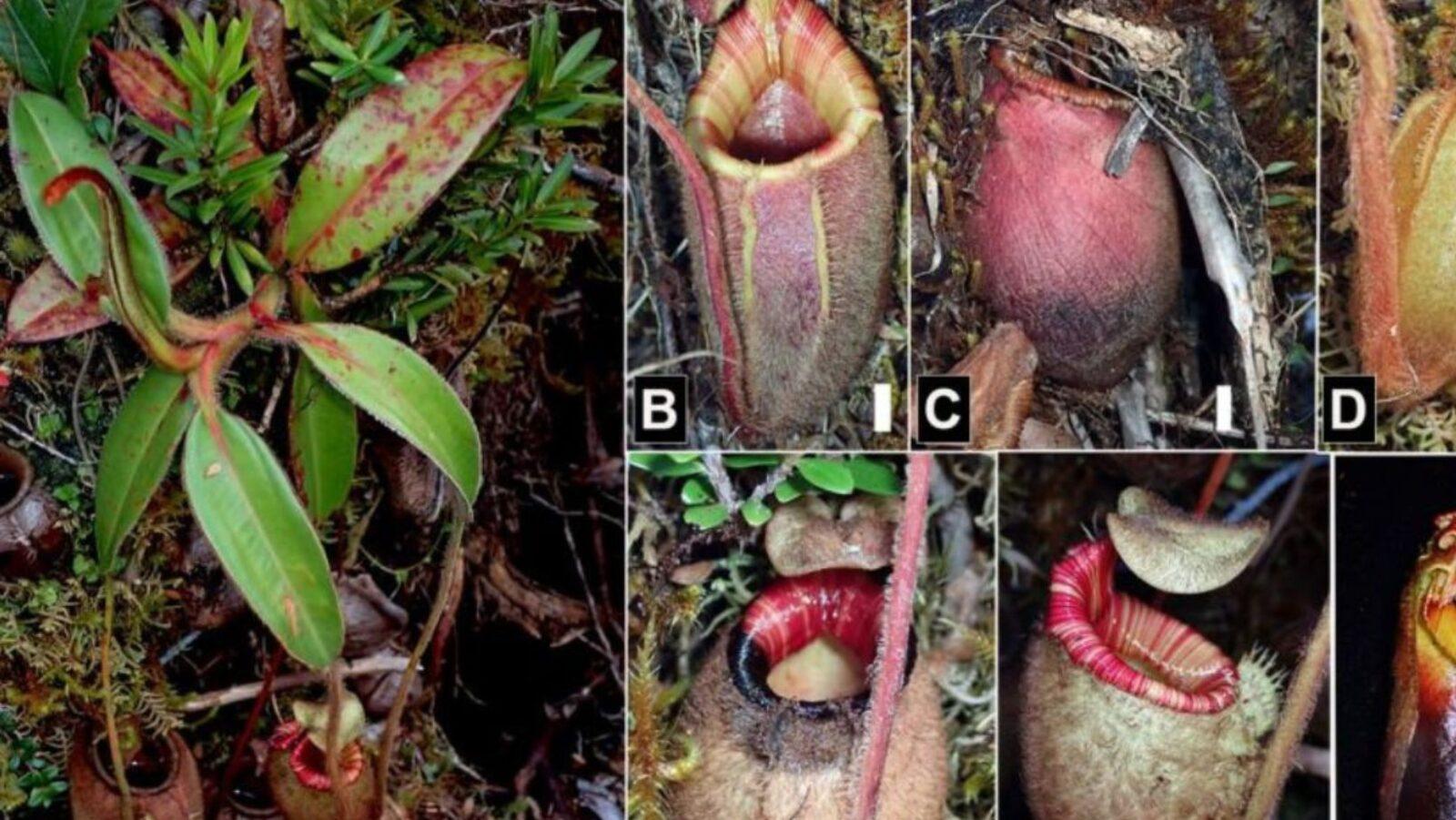
In May 2024, the description of a new species of flowering plant from the Philippines was published in Phytotaxa.
𝙋𝙨𝙮𝙘𝙝𝙤𝙩𝙧𝙞𝙖 𝙥𝙚𝙣𝙙𝙚𝙣𝙨
Distribution/habitat: Mt. Victoria, Palawan (all samples collected January 2022)
Endemic: Unspecified (but likely/possible)
Distinctive traits: This evergreen shrub or small tree grows 1 to 4 m high, coexisting with other 𝘗𝘴𝘺𝘤𝘩𝘰𝘵𝘳𝘪𝘢 species in Mt. Victoria’s moist, shady lowland and mid-elevation forest areas. A member of the Rubiaceae family (to which the popular plant coffee also belongs), the flowers and leaves of 𝘗. 𝘱𝘦𝘯𝘥𝘦𝘯𝘴 are physically similar to those of another 𝘗𝘴𝘺𝘤𝘩𝘰𝘵𝘳𝘪𝘢 species, 𝘗. 𝘳𝘶𝘣𝘪𝘨𝘪𝘯𝘰𝘴𝘢. However, 𝘗. 𝘱𝘦𝘯𝘥𝘦𝘯𝘴 has large, leaf-like stipules that don’t overlap and have tips that taper and point in two directions. Additionally, its flowers’ sepals (collectively called calyx) and the undersides of its leaves are smooth and hairless, and it has narrowly triangular bracts. Plus, the stipules of 𝘗. 𝘱𝘦𝘯𝘥𝘦𝘯𝘴 are large and semi-persistent (they generally stay attached to the plant) and long, hanging flowers; other known Philippine 𝘗𝘴𝘺𝘤𝘩𝘰𝘵𝘳𝘪𝘢 species have stipules that are caducous (they fall off before the leaf unfolds) and erect flowers. 𝘗. 𝘱𝘦𝘯𝘥𝘦𝘯𝘴 has been observed to bear flowers in January and February; in July, it flowers and fruits.
Conservation status: Critically Endangered
Authors: Mary Ann Bautista, Vernaluz Chua-Mangussad, Jehson Cervancia, and Raab Bustamante
Etymology: Its species name, 𝘱𝘦𝘯𝘥𝘦𝘯𝘴 (Latin for “hanging” or “dangling”), was chosen due to the unique characteristic of its flowers.
Significance
The discovery and description of 𝘗. 𝘱𝘦𝘯𝘥𝘦𝘯𝘴 was a collaborative effort by researchers from the Philippine Taxonomic Initiative, Inc., the Center for Conservation Innovations, and Palawan State University. Based on molecular analysis, 𝘗. 𝘱𝘦𝘯𝘥𝘦𝘯𝘴 belongs to the Pacific 𝘗𝘴𝘺𝘤𝘩𝘰𝘵𝘳𝘪𝘢 clade. It has both a restricted distribution and a relatively small number of mature individuals within its observed range (less than 10), which is why it has been designated as Critically Endangered following IUCN Red List guidelines.
With close to 2,000 known species across the world, the 𝘗𝘴𝘺𝘤𝘩𝘰𝘵𝘳𝘪𝘢 genus is among the largest angiosperm genera. Prior to the description of 𝘗. 𝘱𝘦𝘯𝘥𝘦𝘯𝘴, the Philippines had at least 112 recognized 𝘗𝘴𝘺𝘤𝘩𝘰𝘵𝘳𝘪𝘢 species, 106 of which were said to be endemic.
𝘗. 𝘱𝘦𝘯𝘥𝘦𝘯𝘴 is highly unlikely to be the last new described plant species from Palawan, as a large part of the island is ripe for exploration, and biodiversity surveys in the area yielded numerous new species that have yet to be described.—MF
Reference:
Author: Mikael Angelo Francisco
Bitten by the science writing bug, Mikael has years of writing and editorial experience under his belt. As the editor-in-chief of FlipScience, Mikael has sworn to help make science more fun and interesting for geeky readers and casual audiences alike.






